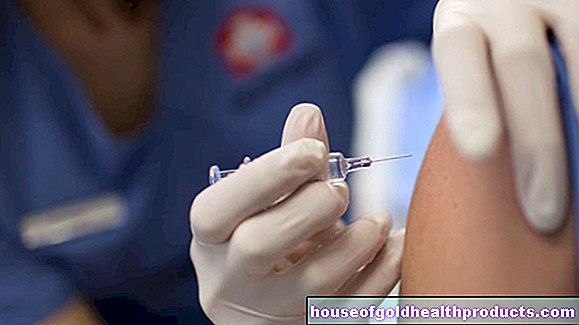Pipamperon
Updated on All content is checked by medical journalists.The active ingredient pipamperon is used against sleep disorders and restlessness. It unfolds its effect by intervening in the metabolism of the neurotransmitters. Pipamperon has been known for a long time as a so-called first-generation antipsychotic. However, children, pregnant women and breastfeeding women should only take the active ingredient after consulting a doctor. Here you can read everything you need to know about Pipamperon!
This is how Pipamperon works
From a chemical point of view, pipamperon is a so-called butyrophenone and thus belongs to the same class of active ingredients as haloperidol. In contrast to this, however, Pipamperon has only a weak antipsychotic effect, but is more calming (sedating) and dampening.
In the brain and spinal cord (central nervous system), the interaction of various messenger substances ensures that you feel balanced and can react appropriately to certain situations (such as excitement, joy, fear, etc.). For this purpose, the various messenger substances (such as dopamine) are released from nerve cells as required and later absorbed and stored.
This balance of messenger substances is disturbed in people who suffer from sleep disorders or physical restlessness. Pipamperon can restore it by blocking certain docking sites (receptors) of dopamine - the patient becomes calmer and can sleep better.
The favorable side effect profile (including no dry mouth, constipation, vision problems) makes pipamperon a beneficial drug for the elderly.
Uptake, breakdown and excretion
The active ingredient pipamperon is quickly absorbed from the intestine into the blood after ingestion through the mouth (orally). The maximum effect is reached after about two hours.
The breakdown then takes place in the liver. The breakdown products are then excreted with the urine via the kidneys.
When is Pipamperon used?
The areas of application (indications) of Pipamperon include:
- sleep disorders
- psychomotor agitation
This is how pipamperon is used
Pipamperon is usually taken in pill or juice form. The required dose must be determined individually for each individual treated. It is usually between 40 and 120 milligrams per day. The dosage is checked at regular intervals by the doctor and adjusted if necessary.
What are the side effects of pipamperon?
Very often, that is to say in more than ten percent of those treated, there is drowsiness and the so-called "cogwheel phenomenon". Those affected can no longer stretch their arms and legs in one flowing movement, but only jerkily in small individual movements.
The following side effects occur frequently (in one to ten percent of those treated): Depression, high blood pressure, restlessness, rolling eyes ("oculogyric crisis"), involuntary sucking and smacking movements, increased salivation, tremors and increased pulse. Gastrointestinal complaints, skin rashes, absence of menstruation and breast growth in men were also observed.
Rarely, i.e. in less than 0.1 percent of those treated, the intake of pipamperon leads to cramps, headaches and secretion of the mammary glands.
The so-called "neuroleptic malignant syndrome" develops very rarely. This causes tremors and a high fever. This can lead to muscle breakdown, which must be treated immediately. In about 20 percent of cases, the neuroleptic malignant syndrome is fatal despite treatment.
What should be considered when taking Pipamperon?
Contraindications
Medicines with pipamperon must not be used in:
- Parkinson's disease
- Conditions with a dampening of the central nervous system
Interactions
If taken at the same time, Pipamperon and the following substances can mutually reinforce their effects:
- Depression remedies
- Painkiller
- central depressant agents (e.g. hypnotics, psychotropic drugs, antihistamines)
Simultaneous consumption of alcohol can lead to a drop in blood pressure and / or sedation and impaired reactions.
Drugs containing pipamperon reduce the effects of levodopa and bromocriptine. Both active ingredients are administered in Parkinson's disease.
Taking it at the same time as Pipamperon can reduce the effect of antihypertensive drugs. Combination with other drugs that also prolong the QT interval (e.g. antiarrhythmics, macrolide antibiotics, anti-malarials) or can lead to potassium deficiency (hypokalaemia) (such as certain diuretics) should be avoided.
Driving and using machines
Drugs with pipamperon can impair the ability to react. You should therefore neither actively drive nor operate heavy machinery during treatment.
Age restrictions
Children and adolescents under 18 years of age are only allowed to receive Pipamperon after a strict medical benefit-risk assessment.
pregnancy and breast feeding period
There is so far very little experience with its use during pregnancy and breastfeeding. Pregnant and breastfeeding women should therefore only take drugs with pipamperon after consulting their doctor.
Better tried alternatives are promethazine (for restlessness and agitation) as well as amitriptyline and diphenhydramine (for sleep disorders).
How to get drugs with pipamperon
Medicines with pipamperon are only available on prescription in Germany and Switzerland and are therefore only available with a prescription from a doctor in the pharmacy. In Germany, the active ingredient is available as a tablet, juice or oral solution, whereas in Switzerland it is only available as a tablet.
The active ingredient pipamperon is not commercially available in Austria.
How long has Pipamperon been known?
The active ingredient pipamperon belongs to a group of active ingredients that have been used for a long time (first-generation antipsychotics). In the meantime, the second generation antipsychotics (so-called "atypical antipsychotics") have been developed on this basis.
Tags: symptoms prevention baby toddler

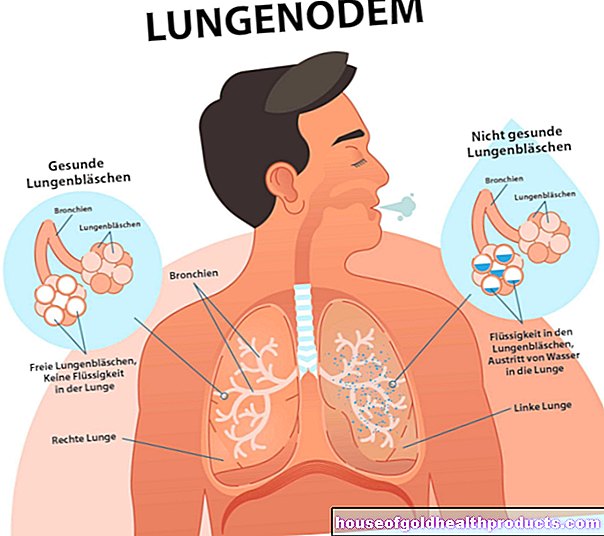
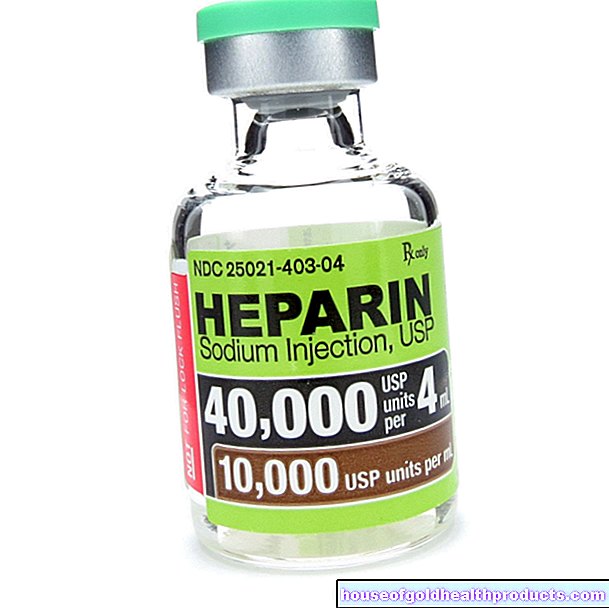
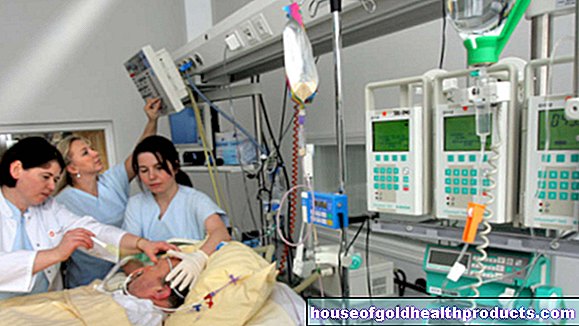
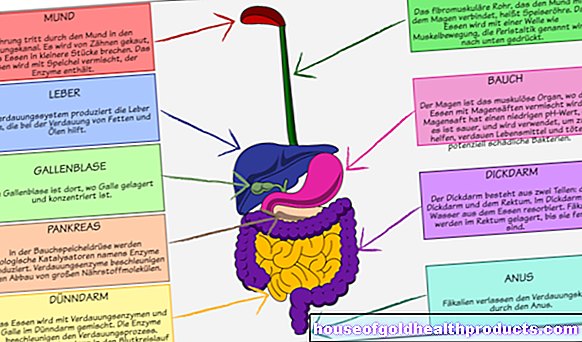
.jpg)

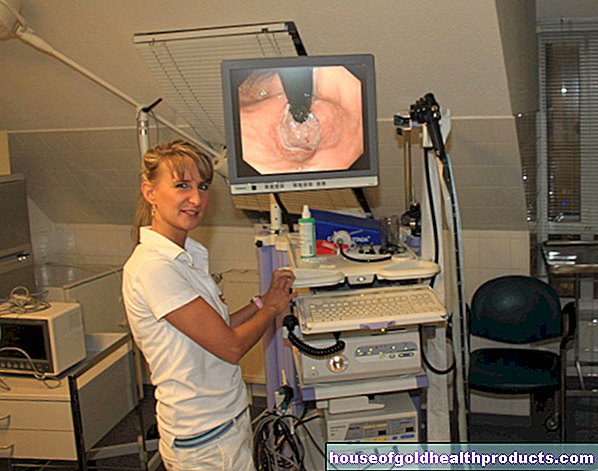

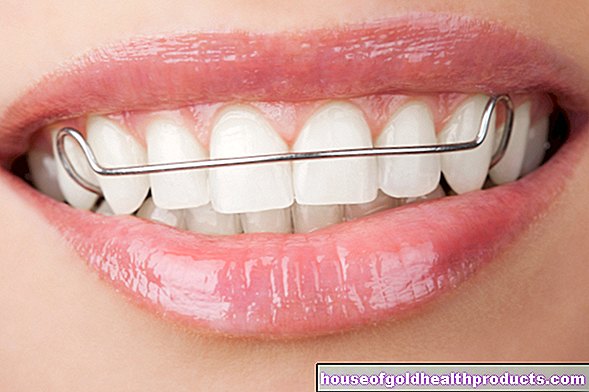



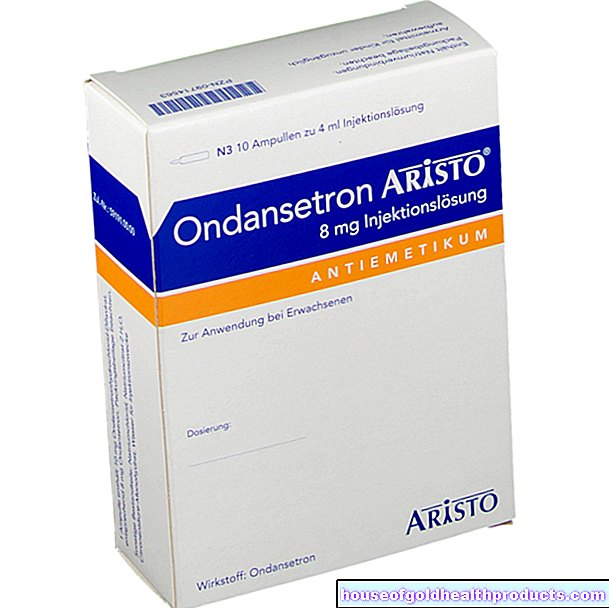





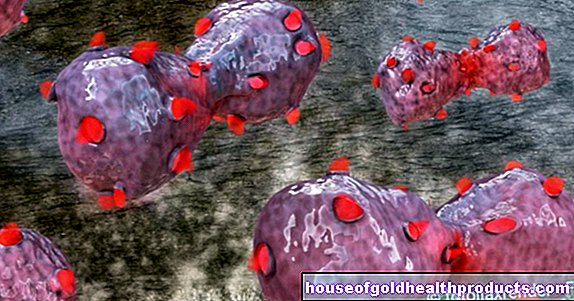
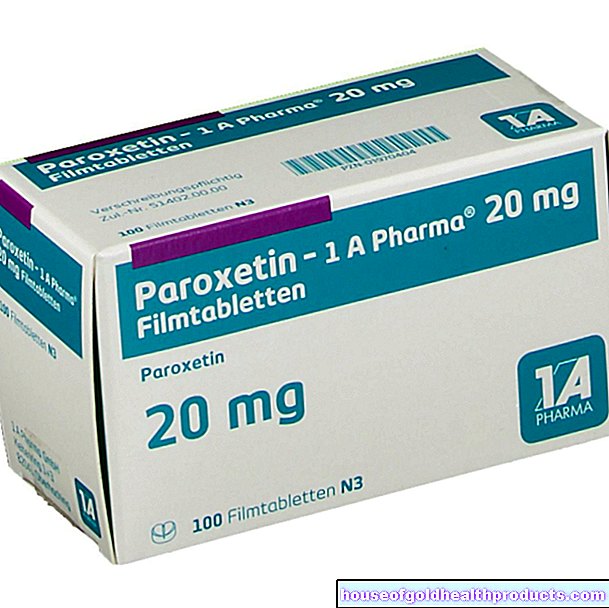
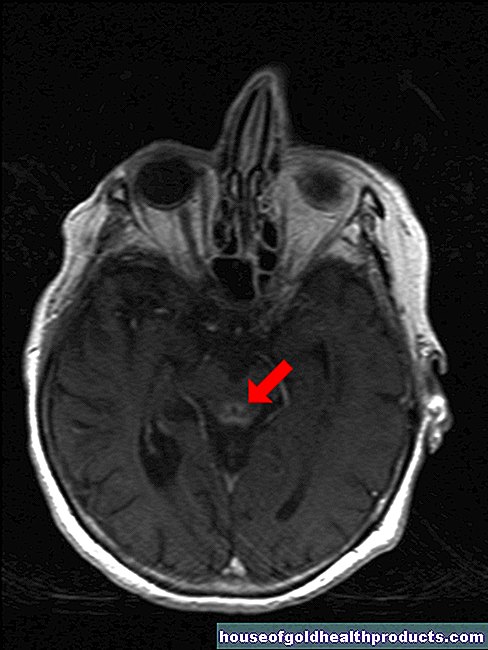


.jpg)

